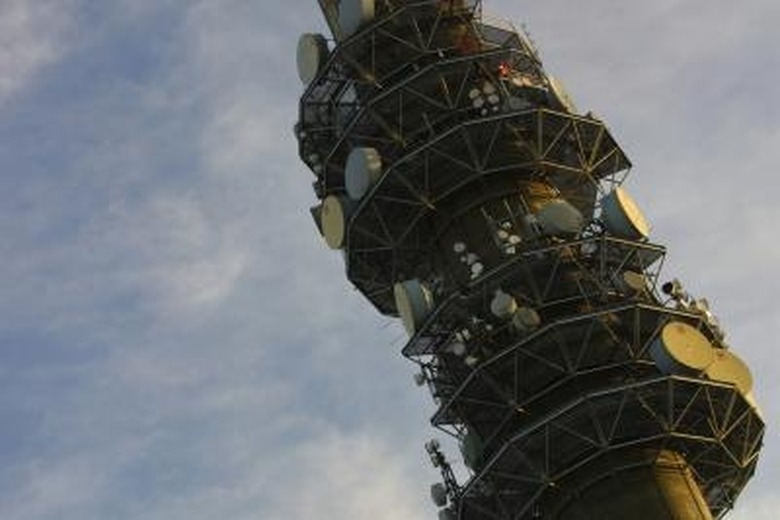DIY: Making A Signal Strength Meter
In the world of television broadcasting and data transfer via high speed Internet connections, it is important to get the best reception for your television and Internet devices so you get a strong, clear signal. To achieve this, adopt a satisfactory means of signal transmission, for example, using coaxial cables for analog TV transmissions and high speed data transfer through the Internet. To monitor your signal, you may use a signal strength meter which you can make. A signal strength meter, also known as an S-meter, measures the received signal in appropriate units known as decibels.
Step 1
Compile the components you will require for the meter. The signal strength meter you are constructing comprises of two op-amps, three capacitors, two resistors and a special integrated chip tagged as 74HC4040 all systematically connected with wires.
Step 2
Use a breadboard to efficiently and accurately connect and lay out the components. A breadboard has numerous holes to plug in the legs of the components you will use in your circuit, such as resistors, capacitors and chips. Connect the three capacitors to form a delta connection and ground one terminal. Connect one op-amp and a resistor in parallel to the two other terminals in the delta connection then join the entire connection so far in series to the second op-amp. Join the second op-amp to terminal 10 on the integrated chip. Power the chip via terminal 16 from a direct current (DC) source and ground the chip at terminal 11. Terminal 5 on the chip is what receives the signal the meter measures. Trim the legs of any components to make them fit in the breadboard holes if they don't already fit. Refer to the manual that accompanies the chip to help you distinguish the terminals.
Step 3
Connect the compiled tester to a BNC tee adapter via terminal 5 on the integrated chip to facilitate your connection to an oscilloscope on one arm of the tee and the coaxial cable carrying the signal you want to measure on the last free arm.
Step 4
Set the oscilloscope by tuning the horizontal and vertical system controls so that the wave formed fits in its screen. Observe the wave displayed on the oscilloscope. A square wave form means the cable being tested is shorted, while a waveform showing multiple steps in the crests and troughs means the cable is good. The oscilloscope also displays values of the signal strength, frequency and wavelength.
Things Needed
- Op-amps
- Capacitors
- Resistors
- Integrated chip (74HC4040)
- Wires
- BNC tee adapter
- DC power source
TL;DR (Too Long; Didn't Read)
Use a suitably sized wire for the system you are constructing so you obtain accurate readings. In this case, a 16 gauge wire is appropriate for connecting the components in the signal tester.
Cite This Article
MLA
Williams, Diana. "DIY: Making A Signal Strength Meter" sciencing.com, https://www.sciencing.com/diy-making-signal-strength-meter-12125783/. 24 April 2017.
APA
Williams, Diana. (2017, April 24). DIY: Making A Signal Strength Meter. sciencing.com. Retrieved from https://www.sciencing.com/diy-making-signal-strength-meter-12125783/
Chicago
Williams, Diana. DIY: Making A Signal Strength Meter last modified March 24, 2022. https://www.sciencing.com/diy-making-signal-strength-meter-12125783/
